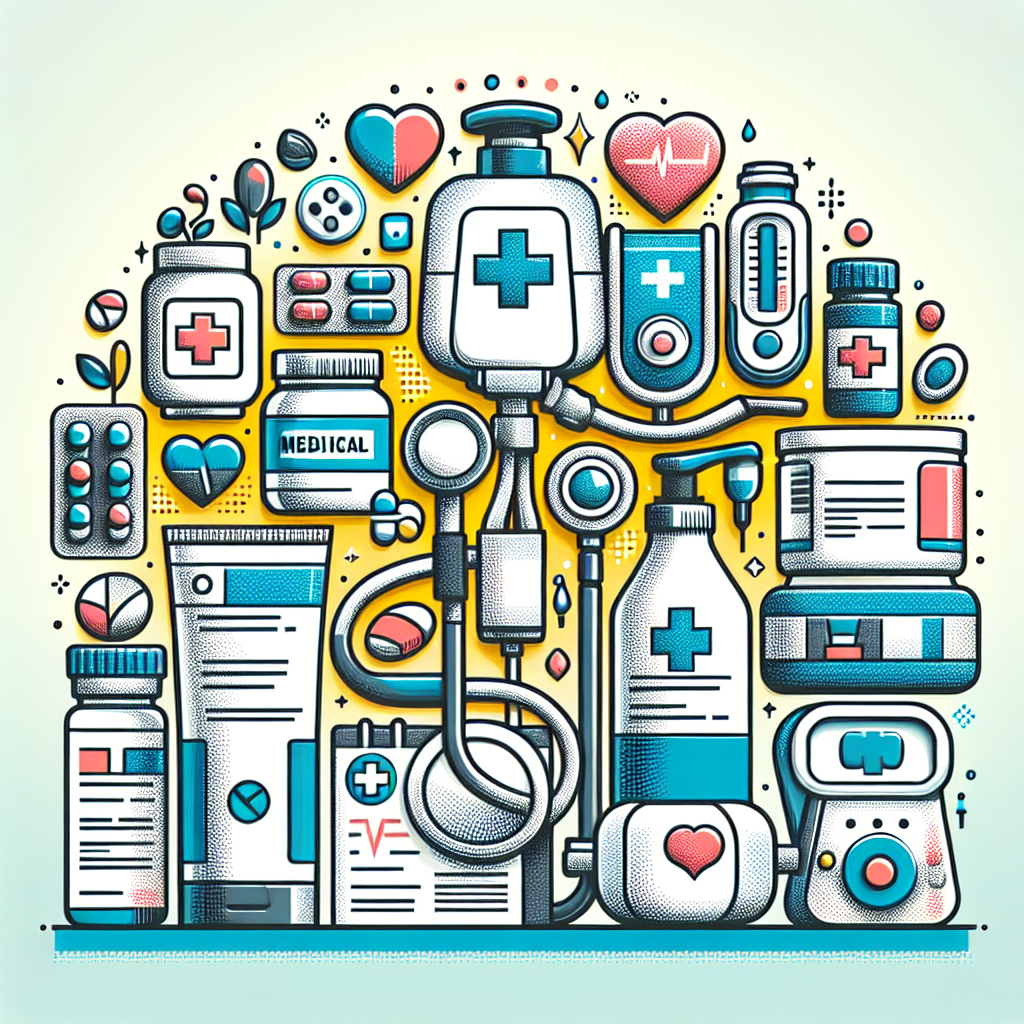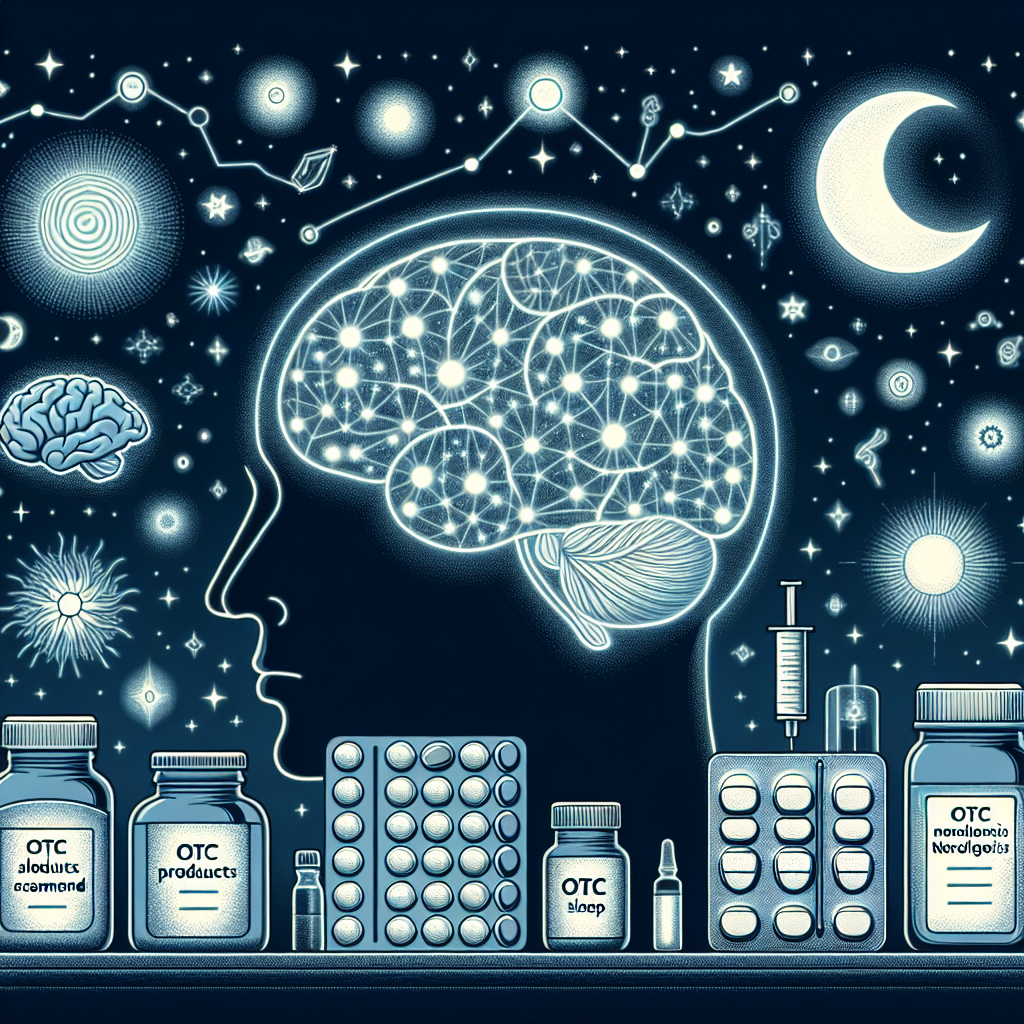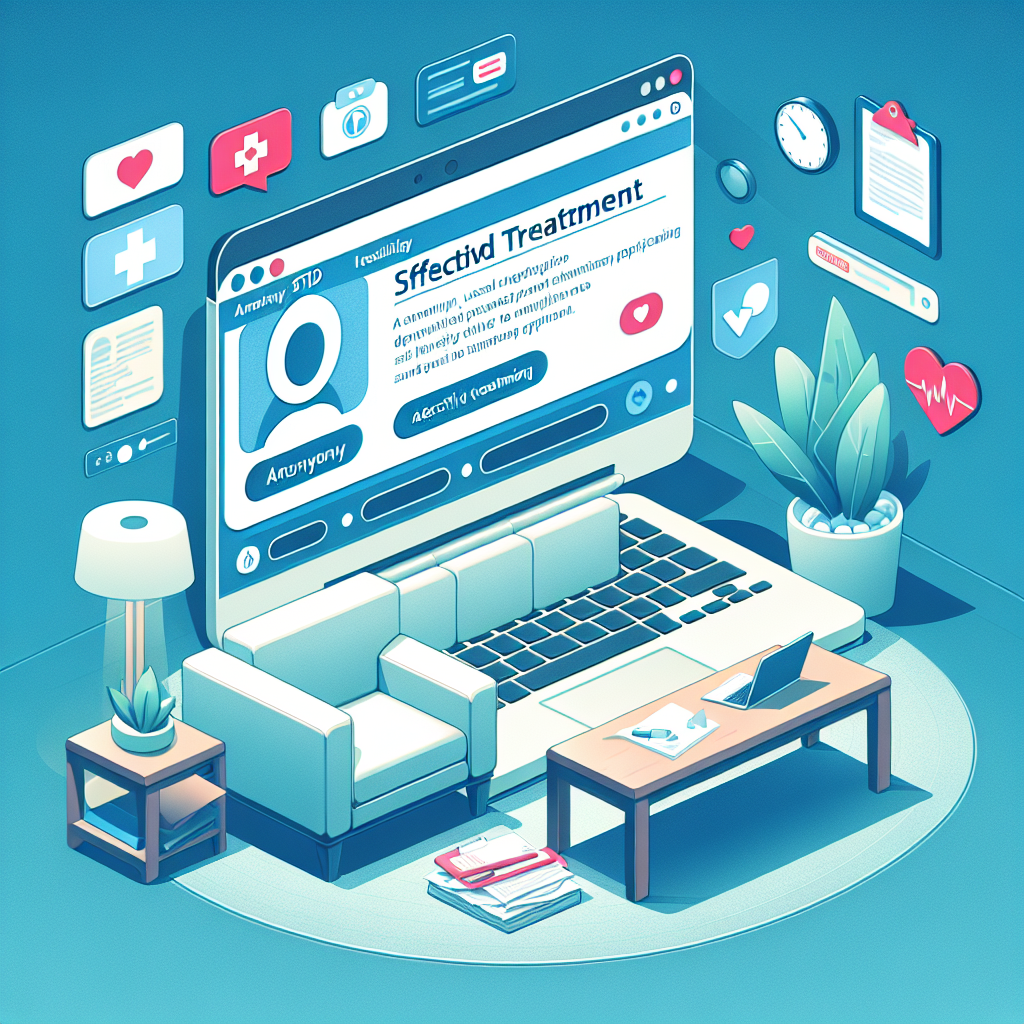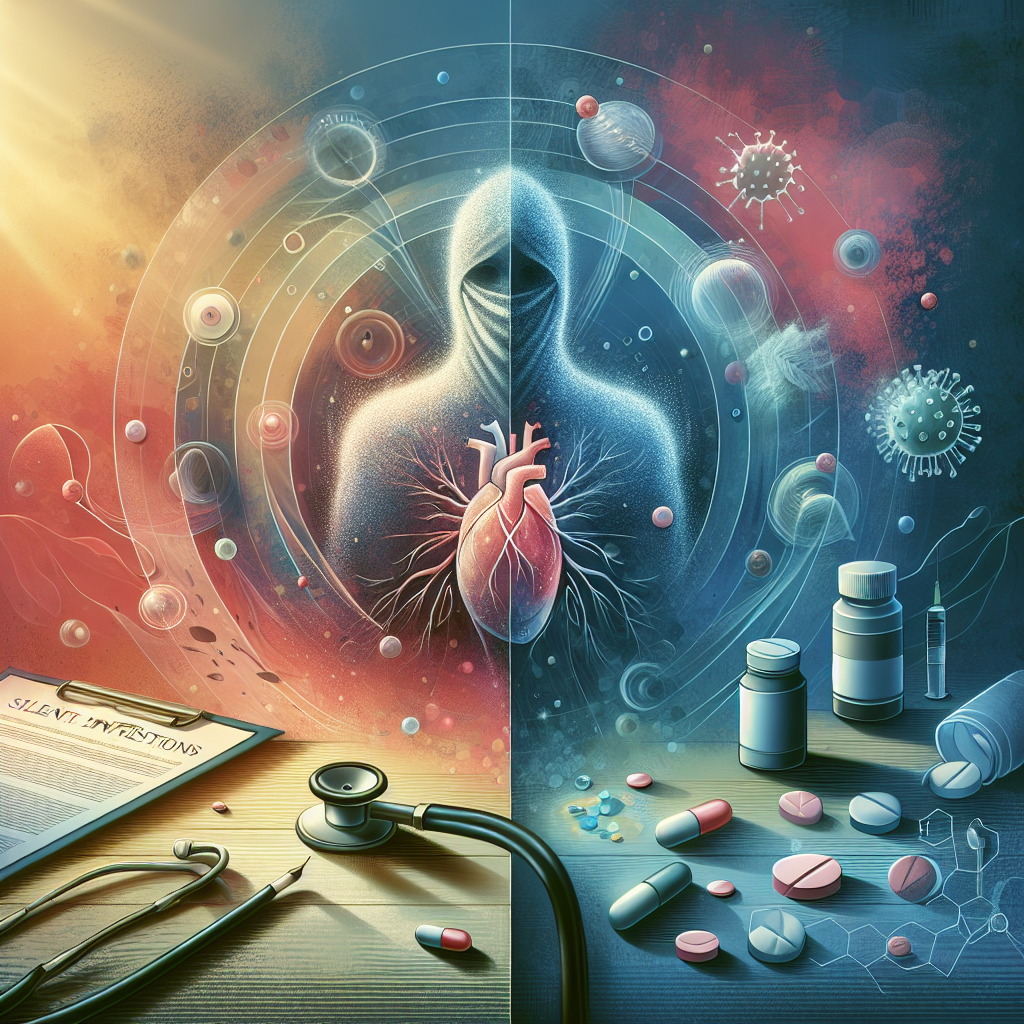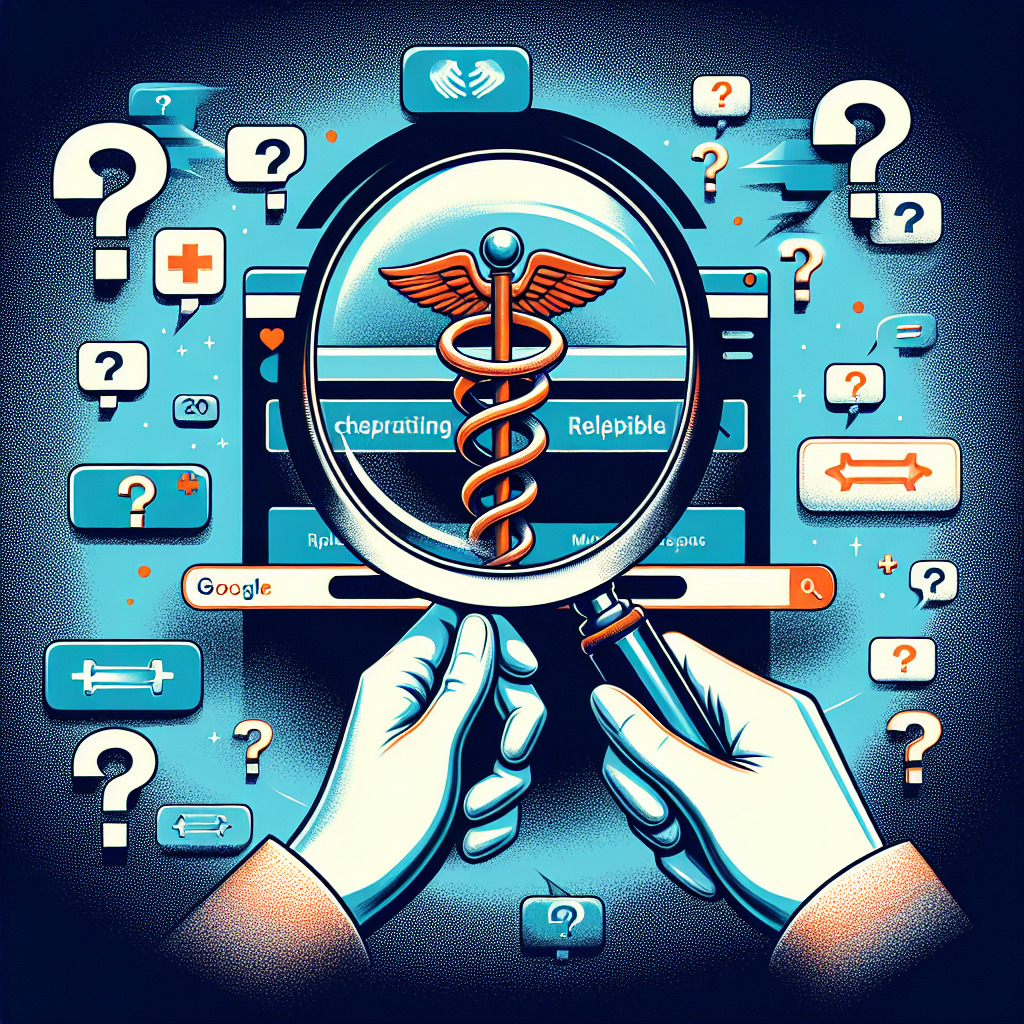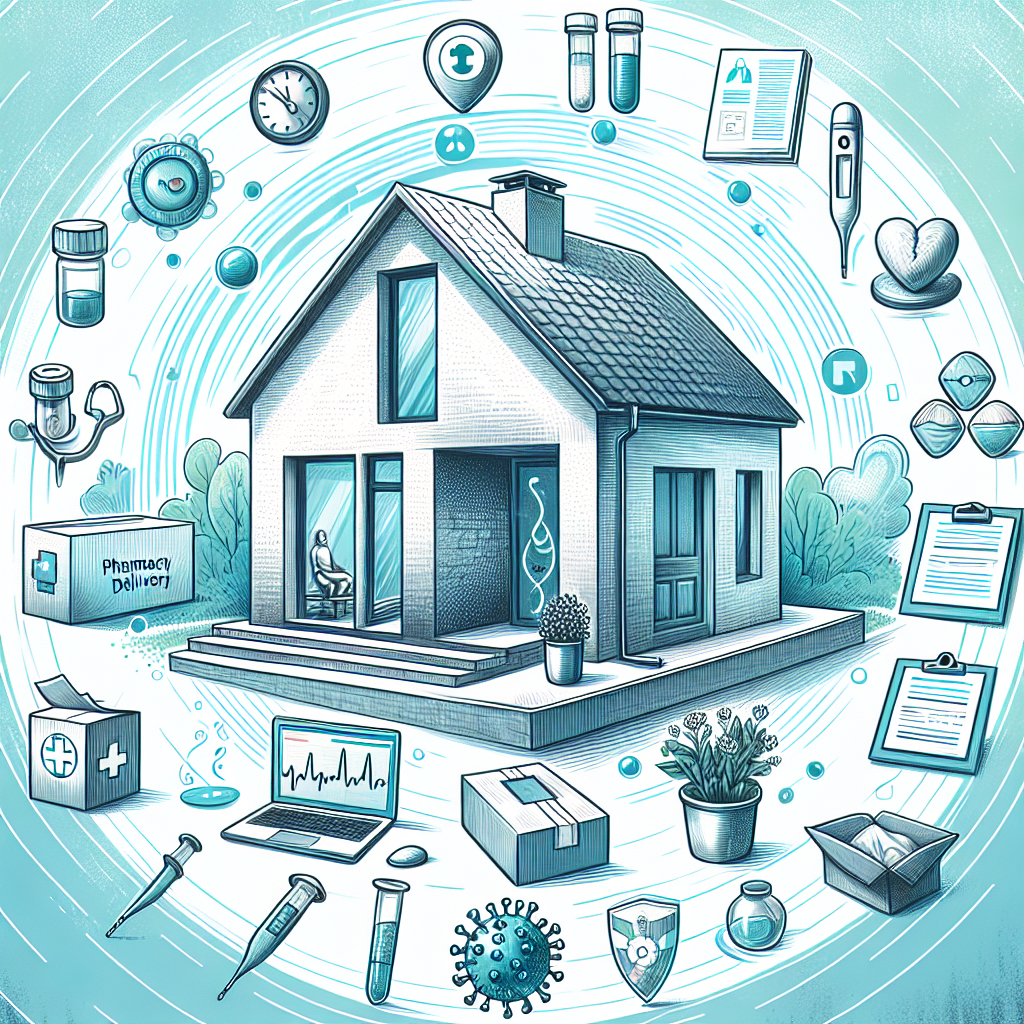Medical-Grade at Home: OTC Products That Deliver Prescription-Level Results
The Rise of High-Performance OTC Skincare
Over-the-counter skincare has evolved dramatically. Thanks to advancements in ingredient science and formulation, many OTC products now offer prescription-level results—without requiring a doctor’s visit. A 2022 Mintel report revealed that 67% of consumers trust OTC skincare as much as prescription solutions for everyday skin concerns such as acne and aging.
“Consumer demand has pushed the skincare industry to make high-performance products more accessible,” explains Dr. Alicia Moore, a board-certified dermatologist. “We’re now seeing formulas with clinically validated ingredients for acne, pigmentation, and aging—many of which are available without a prescription.”
Curious how these products compare to professional treatments? Read on as we explore the ingredients, benefits, and routines that put OTC skincare in a league of its own.
What Does “Medical-Grade” Actually Mean?
Although the term “medical-grade” may sound official, it’s not regulated by the FDA. In the skincare world, however, it generally refers to products that include:
– Higher concentrations of active ingredients
– Advanced delivery systems that ensure deeper penetration
– Clinical testing that supports the product’s effectiveness
Previously reserved for dermatology offices and med spas, medical-grade skincare is now widely available in OTC form—with comparable results when used correctly.
For instance, prescription retinoids like tretinoin once required close supervision. Now, top OTC products featuring encapsulated retinol at 1% strength offer professional-level wrinkle reduction at home.
What’s behind this shift? Enhanced formulation technology. “Microencapsulation and time-release systems have made potent actives more tolerable to the skin,” says Dr. Emma Collins, a cosmetic chemist. “This development has significantly improved the tolerability and performance of non-prescription exfoliants and retinoids.”
Top OTC Ingredients Mimicking Prescription Strength
Today’s OTC skincare formulations feature high-performance ingredients that closely match the results of prescription treatments. Here are some standouts:
Retinoids (Retinol and Retinaldehyde)
Although tretinoin remains the prescription standard, modern OTC formulations with 0.5% to 1% retinol or retinaldehyde have shown impressive results.
A 12-week study published in the Journal of Cosmetic Dermatology found that daily application of 0.5% pure retinol led to a 46% improvement in fine lines.
Encapsulated versions reduce irritation, making them a great choice for beginners. Product examples include CeraVe Skin Renewing Retinol Serum and other wrinkle-targeting options available at edrugstore.com.
Hydroquinone Alternatives
Due to the FDA’s 2020 withdrawal of OTC hydroquinone products, several effective and safer alternatives have emerged, including:
– Tranexamic acid (1–5%), which reduces melanin production
– Kojic acid, which helps brighten skin tone
– Niacinamide (5–10%), which improves tone and strengthens the skin barrier
A study featured in the Journal of Drugs in Dermatology found that 5% niacinamide reduced melasma pigmentation significantly within 8 weeks.
Consider OTC serums like The Ordinary’s Alpha Arbutin 2% + Niacinamide to address discoloration without a prescription.
Exfoliating Acids (AHAs, BHAs, PHAs)
Modern exfoliants now effectively refine skin texture and tone using a range of acids:
– Glycolic acid (5–10%) promotes brighter, smoother skin
– Salicylic acid (0.5–2%) penetrates pores and combats acne
– PHAs such as gluconolactone offer gentle exfoliation for sensitive skin
According to a user study from InStyle Beauty Lab, 73% of participants who used PHAs twice weekly for six months experienced noticeable improvements in skin texture and discoloration.
Always follow with an SPF 30+ product, as these acids increase your skin’s sun sensitivity.
Peptides and Growth Factors
Anti-aging peptides are increasingly common in OTC serums and are recognized for their ability to boost collagen synthesis. These amino acid chains signal skin cells to renew, firm, and smooth the complexion.
Brands such as Olay and SkinMedica include peptides and growth factors like TGF-Beta, with several formulas backed by peer-reviewed research indicating reduced wrinkles and improved elasticity.
These are ideal for those seeking to improve fine lines, skin firmness, and maintain a healthy skin barrier without professional treatments.
Azelaic Acid
Formerly available by prescription only, azelaic acid in 10–20% concentrations is now accessible in many OTC formulations.
This multi-functional ingredient helps treat:
– Acne
– Rosacea
– Hyperpigmentation
Azelaic acid calms inflammation, clears bacteria, and evens out skin tone. Consider products like The Ordinary Azelaic Acid Suspension 10%, or browse options for rosacea-prone skin at edrugstore.com.
How to Choose Medical-Grade OTC Skincare for Your Skin Concern
Pairing the right ingredients with your specific skin concern can help you build a routine that delivers noticeable results:
✔ For Acne:
Ingredients like benzoyl peroxide (2.5–10%), salicylic acid (0.5–2%), sulfur, and niacinamide effectively reduce oil production and combat breakouts. Try PanOxyl 4% Acne Wash or Paula’s Choice BHA Liquid.
✔ For Wrinkles and Fine Lines:
Use products with encapsulated retinol, peptides, and vitamin C (10–20%). Apply retinol at night and peptides in the morning.
✔ For Dark Spots:
Choose serums with niacinamide, tranexamic acid, and kojic acid. Incorporate PHAs to exfoliate gently and enhance results.
✔ For Rosacea or Sensitive Skin:
Opt for soothing agents like azelaic acid and centella asiatica. Support your skin barrier with ceramide-rich moisturizers from brands like La Roche-Posay or CeraVe.
How to Maximize Results from Medical-Grade OTC Skincare
Consistency and technique are key to unlocking the full potential of OTC skincare. Keep these dermatologist-recommended tips in mind:
– Introduce new actives gradually—start with 2–3 times per week
– Always perform a patch test before full-face application
– Use a broad-spectrum SPF 30+ daily to protect your skin from UV sensitivity
– Be patient—most treatments take 6 to 12 weeks to show visible results
“Think of your skincare like a fitness program,” says Dr. Moore. “You won’t see abs in a week—but with consistency, you will see results.”
The Future of At-Home Medical-Grade Skincare
The skincare industry is quickly progressing. With innovations such as AI-powered skin analysis, teledermatology, and personalized active blends, tailored skincare is becoming more accessible than ever before.
Many brands now invest in transparency, clinical backing, and personalization. Expect to see more bespoke, high-performance serums delivered right to your door.
You no longer have to choose between expensive clinic visits and ineffective products. With a smart, prescription-strength OTC skincare routine, radiant skin is more attainable than ever—from the comfort of your home.
Explore dermatologist-formulated solutions and starter kits at edrugstore.com to begin your journey toward healthier, more confident skin.
Important Reminder
Always consult with a licensed dermatologist before beginning any new regimen, especially if you have underlying skin concerns or conditions. This article is meant for informational purposes only and is not intended as medical advice.
References
1. Mintel Group Ltd. (2022). “Consumer Attitudes Toward OTC Skincare.”
2. Kafi et al. (2007). “Improvement of naturally aged skin with vitamin A (retinol).” Archives of Dermatology.
3. U.S. Food & Drug Administration – “Hydroquinone Market Withdrawal (2020).” https://www.fda.gov
4. Navarrete-Solís, J., et al. (2011). “A double-blind, randomized clinical trial of niacinamide 4% vs hydroquinone 4% in melasma.” Journal of Drugs in Dermatology.
5. InStyle Beauty Lab. (2022). “Consumer Test Results: OTC Acids.”
6. Gorouhi, F., & Maibach, H. (2009). “Role of growth factors and cytokines in wound healing.” Dermatologic Therapy.


